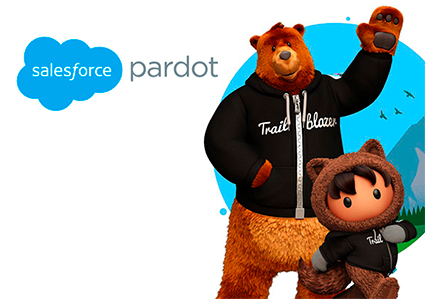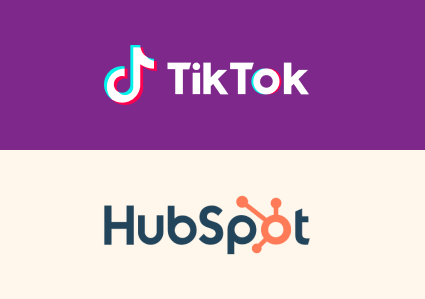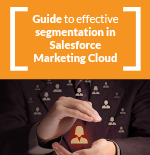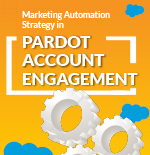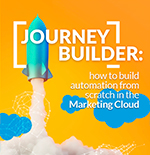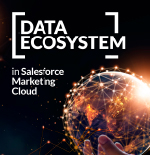In this article, we will cover various topics related to the definition, creation, and management of campaigns between Account Engagement/Pardot and Salesforce. We assume that you have connected your campaigns with Salesforce to manage them from there.
If you do not have them connected, you can follow the instructions provided in Salesforce help to establish this connection (it is relatively straightforward, especially if you do not have many campaigns already set up in Account Engagement/Pardot). Here are the instructions: https://help.salesforce.com/s/articleView?id=sf.campaigns_pardot_alignment_parent.htm&type=5
You will see that the benefits of managing campaigns from Salesforce are significant:
-
New developments for the campaign object will be based on Salesforce’s model.
-
You will have a 1:1 relationship between campaigns in SF and Account Engagement/Pardot.
-
You can manage campaigns in one place and use a clearer concept of campaigns than what Account Engagement/Pardot had (which was merely a repository of assigned elements and first-contact leads).
-
You can analyze multiple contacts per campaign, as mentioned in Account Engagement/Pardot, which is “First Touch,” and in SF, you can also have “Last Touch Model,” “Even Distribution Model,” or even create a custom one (not all licenses have these attribution models). This allows for a much more precise and in-depth analysis of where our ROI comes from.
-
You can create a campaign hierarchy.
-
You can coordinate marketing-sales information.
-
You can have infinite information about the influence of Account Engagement/Pardot campaigns on our contacts, leads, opportunities, organizations through lightning objects, reports, related lists, dashboards, etc.
In short, it will allow us to know where our profitability comes from and, by conclusion, where it is more profitable to take marketing actions.
{{cta(‘d066bfa4-948e-47d5-b61a-1f2ab4f66672’)}}
Campaign Types (Types and Record Types)
We have come to the conclusion that it is convenient to have campaigns centralized in Salesforce, now comes the next step, does the generic or master campaign object suffice?
Regarding this, you will see countless versions, but, on the one hand, we recommend listening to Salesforce itself, which considers that we should not only maintain the Master and synchronize all campaigns with Account Engagement/Pardot. It is worth mentioning that Account Engagement/Pardot allows you to select the record types that you want to synchronize, and in many companies, the sales team uses those campaigns for their own processes that may have little or nothing to do with Account Engagement/Pardot.
Therefore, it will be very useful to have an additional record type dedicated to Account Engagement/Pardot to filter that synchronization.
If you have more complexity in your campaigns, often a record type is also created for Parent campaigns and another for Child campaigns, and in some cases where campaigns are used very intensively or you want to customize that type of campaign a lot, a specific record type is created (for example, for webinars, which would also serve as a template to standardize data and processes). It is important to standardize campaigns to later draw conclusions and reports correctly.
Regarding the mechanics to normalize campaign structures and their states or status, there are 3 main ways to do it:
-
Templates: as shown in this article.
-
Record types: we would create one for each type of campaign we have.
-
Process builder: depending on the type of campaign created, it will automatically add the established statuses.
In any case, we believe that with good management of standardizing campaign names, hierarchies, and types, it is sufficient. But as we said before, everything will depend on your business model and dimension.
NOTE: One thing is a record type (which is a different template for different types of campaigns), and another thing is the Type field, which defines.
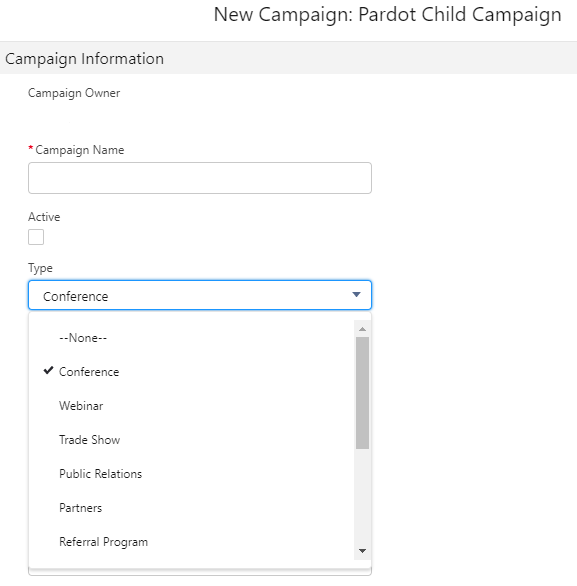
Regarding the Type field, let’s not add an infinite number of options there, as it will make management and analysis more difficult. As a recommendation, if you create a record type for the campaigns that do synchronize with Account Engagement/Pardot, you can filter by the types of campaigns specifically used in Account Engagement/Pardot to simplify management for users.
Getting specific, let’s see that the campaign options can be few (some clients only do emails) or many, with a wide variety of campaigns. Some options may include:
-
Email Campaign
-
Newsletter
-
Webinar
-
Events
-
Blog/Web
-
Promotions
-
Launches
-
Trade Shows
-
PPC
-
Campaigns
-
Etc.
Creating campaign statuses
A crucial and important topic is defining the statuses or stages that each type of campaign will have.
These are nothing more than phases or interactions that our leads or contacts have during the campaign, and it is recommended to create them ad-hoc for each type of campaign. The standard ones are:

But they do not adapt to most typologies, each case may have different states or stages, for example:
Email campaign:
Sent -> Opened -> Clicked
Webinar:
Invited -> Accepted -> Attended -> Did not attend -> Attended online
Resource download:
Sent -> Opened -> Clicked -> Downloaded
Etc.
Note: It is very important to define a nomenclature to maintain correct order and then be able to create reports.
TIP: It is recommended to create “templates” for each typology with the statuses already created and always use these templates as a source.
As previously mentioned, creating these campaigns and their statuses can be done in several ways: manually for each campaign (not advisable because you will almost certainly lose consistency and standardization), templates (simple, but you must always follow the process), record types, and automatic systems for creating statuses through process builders (based on the value chosen in the TYPE field).
In this article, we will explain the simple process through templates, which, if followed correctly, is easy and easy to maintain.
{{cta(‘055c9f8c-6188-43e2-92e2-f826079a33c7′,’justifycenter’)}}
Creating campaign templates
Creating templates is simple. If you use webinars, create a template with a clear name like “Webinar Template” and document that the team should always make a copy of this template to create a new webinar campaign.
Add the statuses you want for a webinar in this template. To do this, you must have added the Stages related list to your campaigns page and have access to manage campaigns (if you do not have both, an SF administrator in your company should activate it for you and give you permission).
This video describes in a simple way how to create a webinar template.
How to clone campaigns correctly
Be careful with this issue. By default, you will have the “Copy” option visible, but this does not copy the statuses you have created in the template. To do this, you need to have the “Clone with related” button enabled, which allows you not only to copy the campaign record but also all its related data. In this case, we want to copy the statuses.
If you do not have this option enabled and have administrative permissions or want your administrator to clearly see what you need, this video shows how to add the mentioned button and how to clone a campaign afterward.
A final extra. “Responded” option in a status
When you create a status for a campaign, you have an option to mark called “Responded,” a field that always generates confusion.

It is an option that can be in one or more statuses, and its use is to determine when an interaction should be considered a “success” in the campaign. In a campaign to download a resource, it may be the actual download, and in a conference, it could be 2, attending in person or online (if you have both formats).
This also has some additional implications. Leads/contacts that have any “responded” status marked are considered influential in opportunities.
Here we have seen how to define campaigns and their types. In future articles, we will tackle other aspects of campaigns. This topic is crucial at the business level and to make the most of Account Engagement/Pardot.


